
5G
D-Hive: drones as-a-service in the port
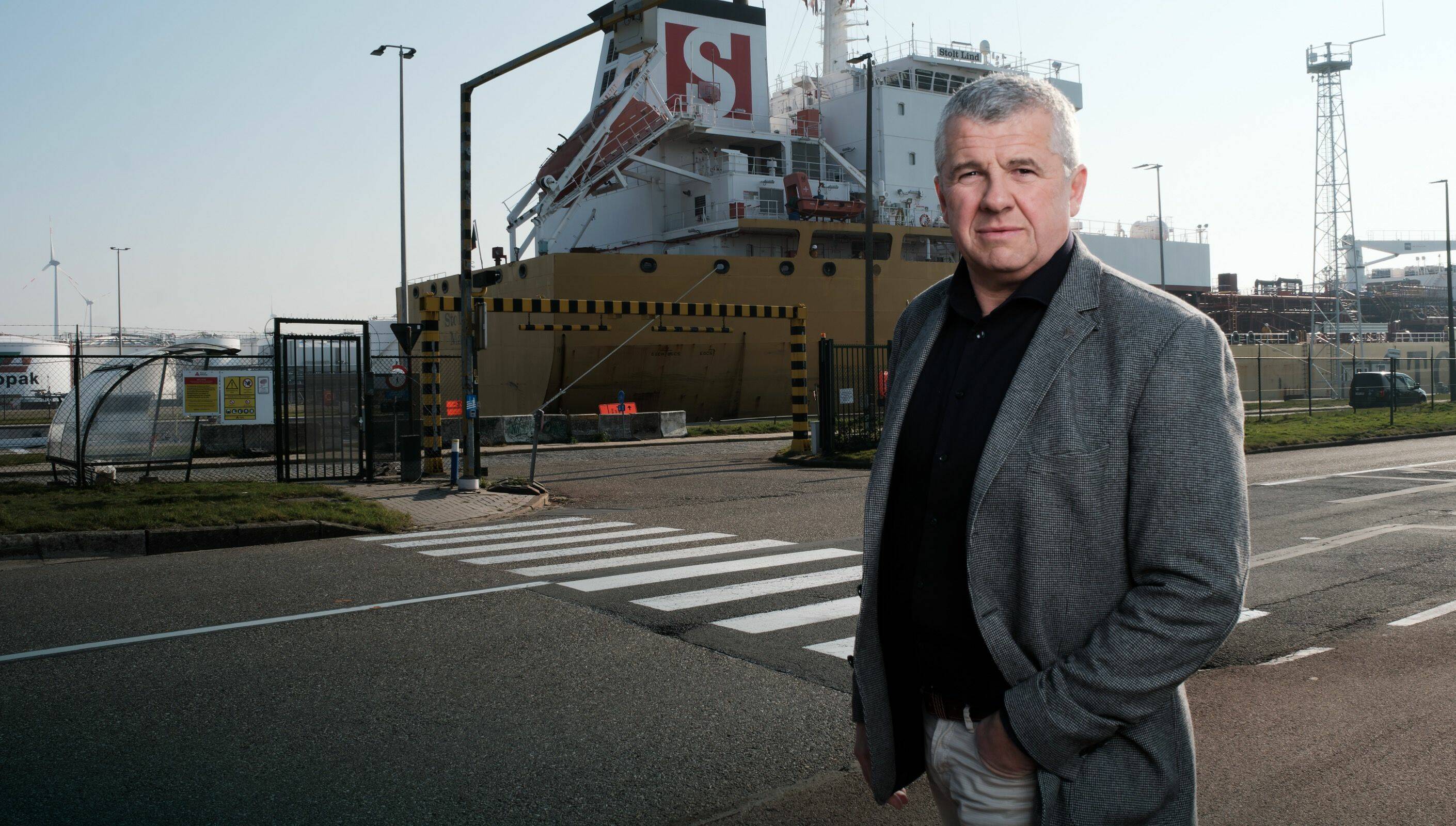

COMPUTER CHECKPOINT
is al meer dan dertig jaar actief rond has been active for over thirty years in the field of computers and multimedia. The company has shops in Aartselaar, Eeklo, Lokeren, Oostakker, Sint-Denijs-Westrem and Wetteren.
Piet Opstaele
innovation manager at Antwerp-Bruges Port Authority
"Drones make a lot of new applications possible in the port."
Do you have plans for a 5G project and need a test environment?


Discover the whole story
A6K
A6K's 5G-laboratory
The co-creation of the first private 5G network in Charleroi aims to bring technology to an industrial location in order to create new applications, but especially to set up a platform on which these innovations can be tested.

Get to know more
Fabriek Logistiek
Fabriek Logistiek tests 5G-Mobile Private Network
A 5G-MPN (Mobile Private Network) offers the best of both worlds: the capacity and speed of 5G for data traffic, while the data itself remains local. Logistics companies are testing the possibilities of such a 5G-MPN at Fabriek Logistiek.

Discover more
Klein-Brabant Police District
Drone lends police district
Klein-Brabant an extra pair of eyes
In their spare time, Chief Inspector Herman Peeters and First Inspector Peter Vercauteren were already tinkering with drones. “We were instantly struck by the potential of drones to help us during an intervention,” Vercauteren says. The Klein-Brabant Police District drone is equipped with a powerful zoom lens and thermal imaging camera. One officer operates the device on the ground, while a second monitors the cameras and readings. The drone provides aerial support. “I remember a property search by the federal police in our district,” said Peeters. “It was dark out. Nothing showed up in the ordinary pictures, but the infrared camera revealed exactly where the suspect was hiding. When he made a run for it, we tracked him with the drone until the federal force picked him up.”

Get to know more
By default, Spot is controlled via any Wi-Fi network that Spot is connected to or broadcasts. This means that either Wi-Fi must be present or the operator controlling Spot must be near the robot. “But on large industrial sites, Wi-Fi is not available everywhere,” Philippe Soutaer, 5G Innovation Platform Lead at Proximus explains. “In this case 5G can provide a uniform and constant connection to Spot, without latency, so that the robot can transmit images and other data smoothly and in real time.”

Philippe Soutaer
5G Innovation Platform Lead at Proximus

Dronematrix is a developer of drones and drone software and is part of RiskMatrix, a European group of technology companies focusing on Smart Technologies, advanced software and drone solutions.
SPOT robot dog
Faithful four-legged friend accelerates innovation
For a wheeled robot, a small step up is often an insurmountable threshold. But not for robot dog Spot. Combined with 5G, it opens the door to a completely new approach to support and automation.
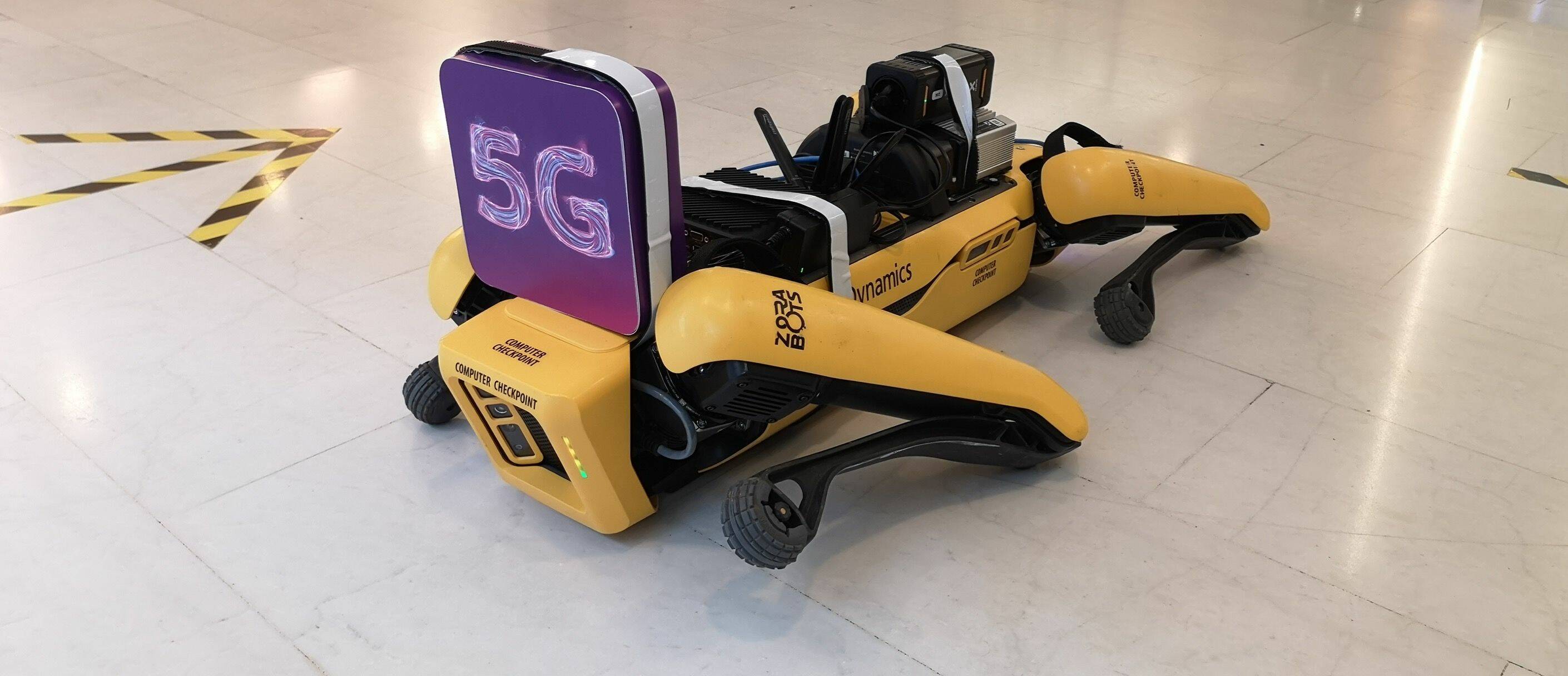

Discover the whole story
Frederik Winters, Director Business Development at DroneMatrix
"We offer drones as-a-service. "The customer does not own the drone but instead buys a drone flight as a service."
Director Business Development at DroneMatrix
Frederik Winters
The fact that this world first happens in Antwerp is no coincidence. The port has been looking at the potential of drone flights for some time. Antwerp-Bruges was the first port in the world to tender for drones. "DroneMatrix is the only company on the Belgian market that makes its own drones," says Frederik Winters, Director Business Development at DroneMatrix. "That's how we very quickly ended up working with each other." SkeyDrone manages the drone traffic for the project, while Proximus stepped in as a partner for the data traffic between the drones and the platform for managing the devices.
expert interview
The 6th NeTWorK-consortium as a driving force
6th NeTWorK develops drone solutions in the form of a service: “drones as-a-service”. Companies can use this service for all kinds of commercial purposes.
As port authority, Antwerp-Bruges Port Authority is responsible for carrying out various activities to connect the port with the rest of the world. They guarantee smooth and safe shipping traffic and maintain port infrastructure such as bridges and locks.

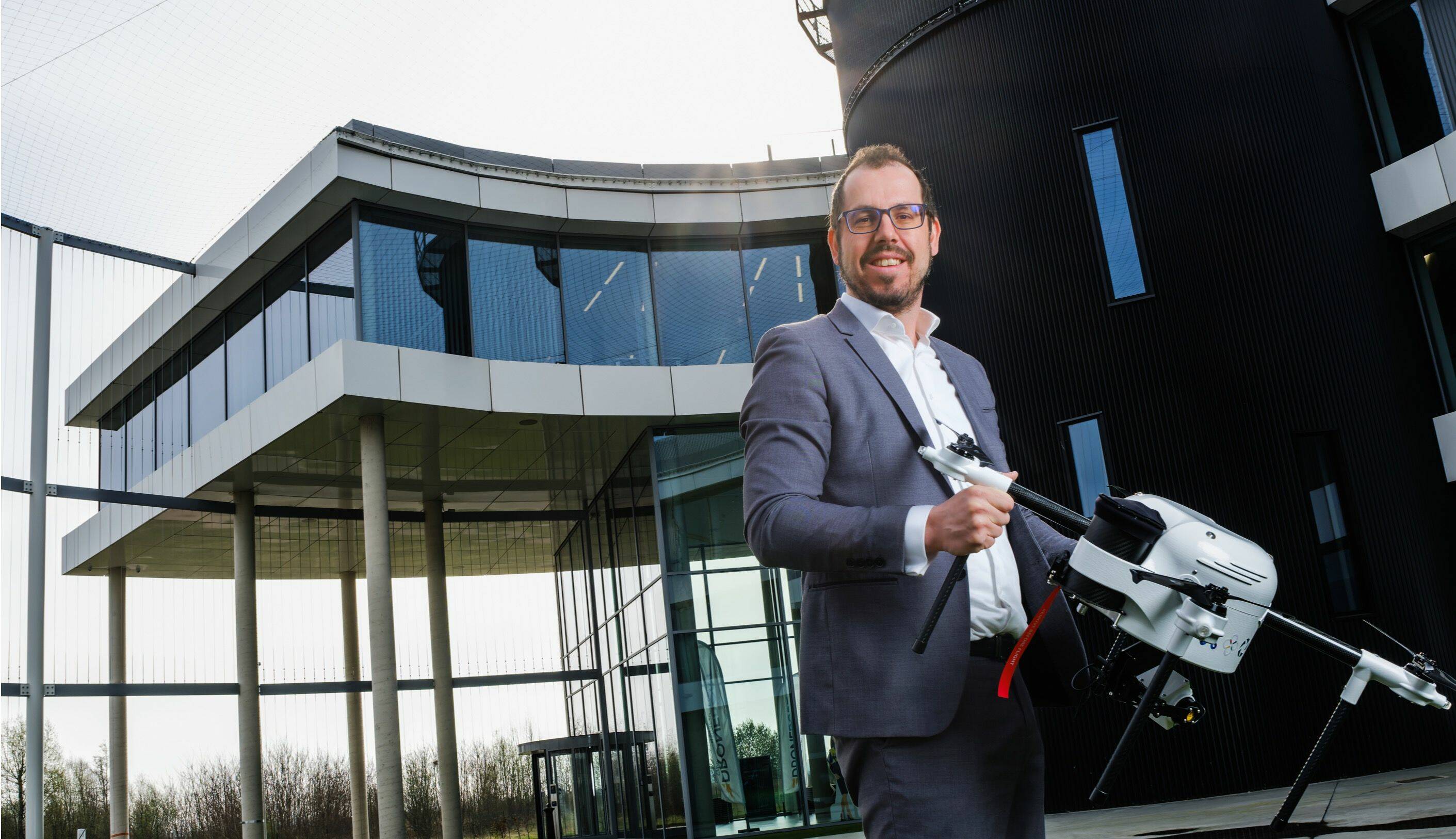
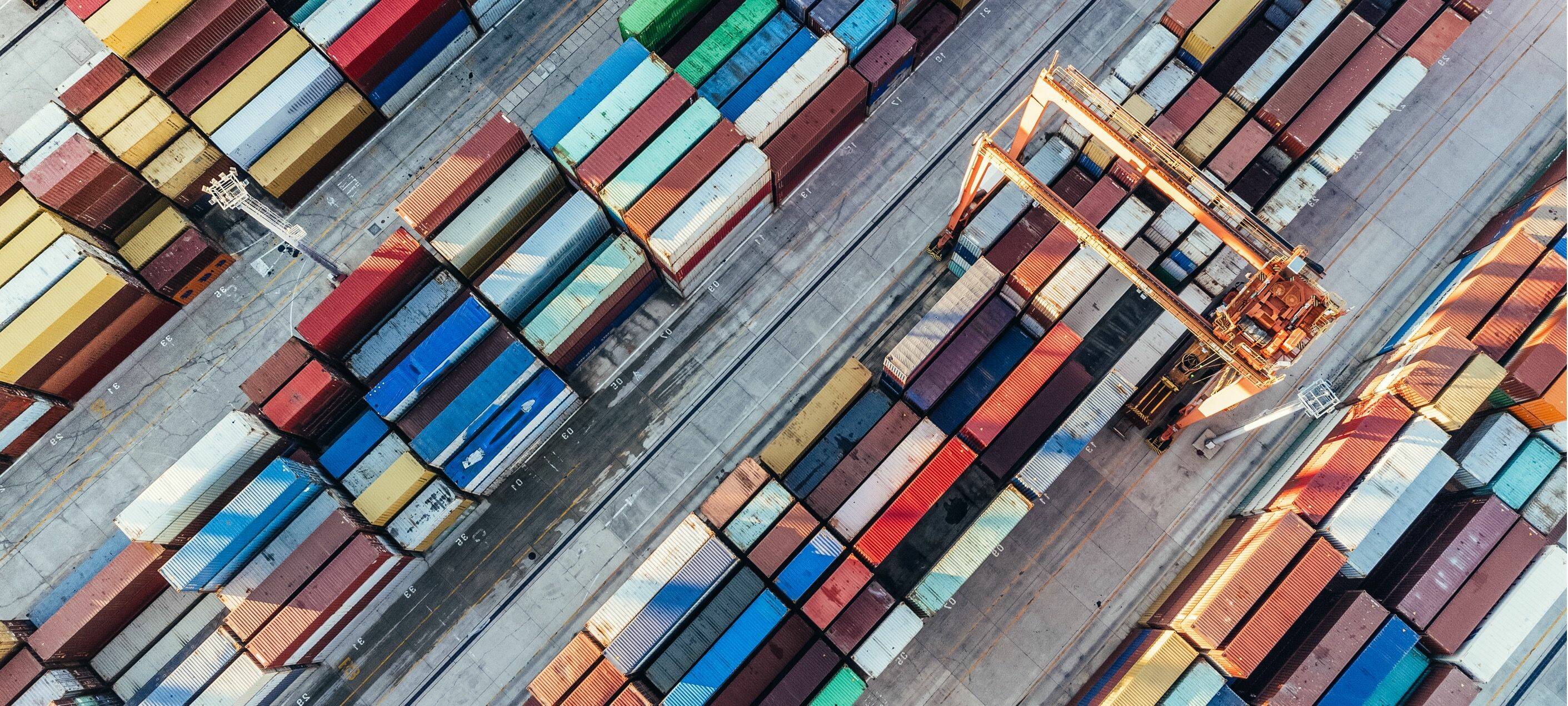
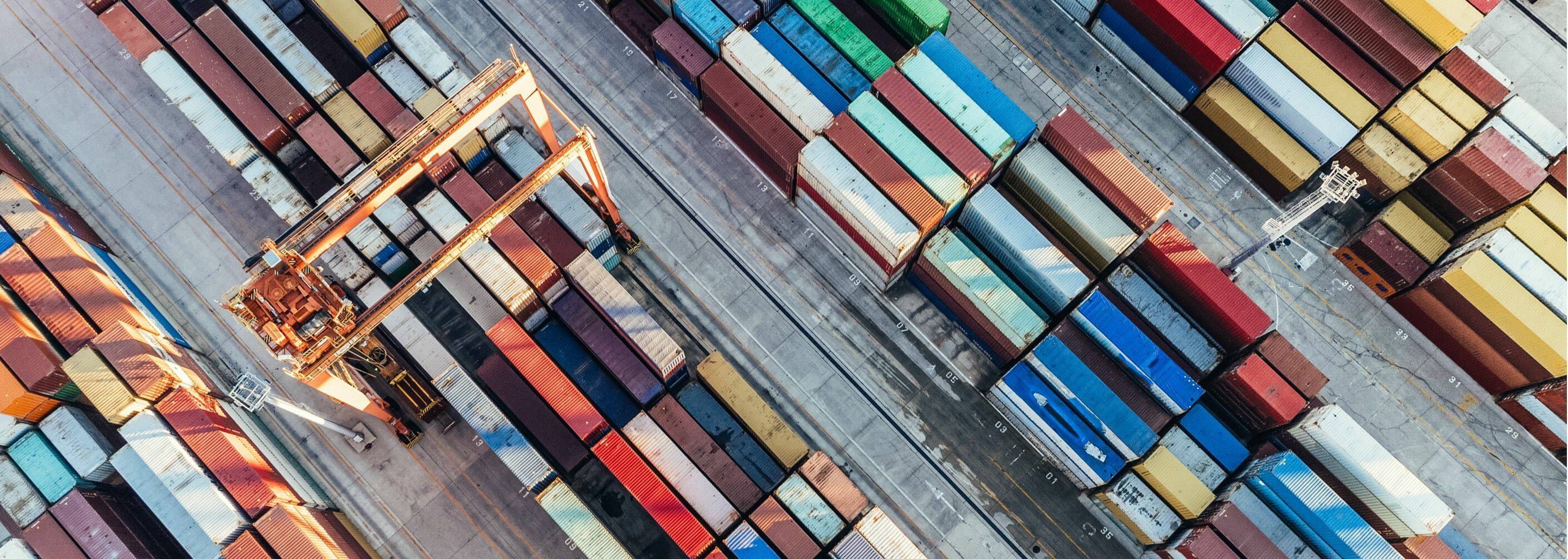
With the wide range of possible applications in mind, Antwerp Port Authority decided to go all in for drone technology. "As a port authority, we manage the entire port, not only what happens on land and water, but also in the air," Piet Opstaele continues. "We are the first port in the world to have an Unmanned Traffic Management system: a solution that allows us to control drone traffic in the port."
"A company requests a drone flight using a digital platform," says Steven Mees, Enterprise Account Manager at Proximus. "That system - which is run in our data center - also receives the video images that the drone's camera transmits via our mobile network." Proximus carried out tests with 5G in the port of Antwerp-Bruges. The auction of the 5G licenses is imminent. "The port of Antwerp will be the first major area where Proximus rolls out 5G," said Steven Mees. The arrival of 5G is expected to create a tipping point in the use of drones.
The advent of 5G is essential for the development of a drone network. Real-time communication between the drone and the control center for controlling the aircraft is carried out via 5G. In addition, the drone's camera transmits images in real time via 5G. "We have already done our test flights," says Piet Opstaele. "We are starting on the left bank with an initial offer of drone services. After the summer, the rest of the port area will follow step-by-step. By the end of this year, we want to be operating five hundred flights a month."
That system is at the heart of D-Hive, the name under which the Port Authority orders drone services. "The port covers a large area," explains Piet Opstaele. "We estimate the value of the assets there at two billion euro." They may benefit from drone services in various ways, such as monitoring or aerial support. In the event of a fire in a place that is hard to reach or at a location with a risk of explosion, drone images can be of great value to the emergency services. Thanks to the use of drones, these images are available without putting people in danger.
The use of a drone ensures that the port authority can organize the cleaning of pollution in a much more targeted way, which also means less hindrance to shipping. "We came up with a whole series of possible applications for drones in the port," says Piet Opstaele. "For example, a drone can use its camera to identify containers with dangerous goods which means you don't have to send in people. You can have drones doing inspection flights and so on."
"When oil is released on the water, the impact is considerable," says Piet Opstaele. "We have to suspend shipping locally until the oil is cleared. At the same time, we want to avoid oil pollution on land. That is also why the Port Authority cleans up the floating rubbish in the port. That amounts to fifty tonnes of floating waste every year. "We traditionally search for oil or floating debris by boat," explains Piet Opstaele. "But of course you can spot polluted sites much faster from the air."
The fact that D-Hive is taking concrete shape in the port of Antwerp-Bruges is no coincidence. "We are strongly committed to innovation," says Piet Opstaele, innovation manager at Antwerp-Bruges Port Authority. "Three years ago we already started looking at the added value that drones could have for the port." Detecting oil spills was the first thing that came up. There are one hundred to one hundred and fifty incidents of oil spillage in the port every year, for example when refueling ships or after a collision incident.
“Over the past few years, we’ve seen a huge increase in the demand for robotic services,” says Edy van Acker, CEO of Computer Checkpoint. The company has worked with computing and multimedia for over thirty years but has also been offering humanoid robots for several years. These devices best lend themselves to interactive, intelligent tasks, such as reception and assistance. “During the Covid pandemic, one of the things companies asked were robots that could measure the temperature of visitors.”
Computer Checkpoint is the first company in Belgium to add Spot from the American robot developer Boston Dynamics to its product range. Spot is a robot dog. It does not roll along the ground on wheels - as most standard models do - but walks on four legs, just like a dog. “That offers a huge advantage,” Edy explains. “Spot can be used on just about any terrain: on uneven ground, on grass, and so on. The robot steps over thresholds and can climb stairs.”

steven mees
Enterprise Account Manager at Proximus
Under the name D-Hive, a real drone network is gradually taking shape in the port of Antwerp-Bruges. The network will be established via the 6th NeTWorK consortium. That was founded at the end of 2020 by DroneMatrix, a developer of drones and drone software, SkeyDrone, a service provider for drone aviation, and Proximus.
Piet Opstaele, innovation manager at Antwerp-Bruges Port Authority
"By the end of this year, we are aiming for five hundred automated drone flights per month in the port of Antwerp."

Piet Opstaele
studied history and spatial planning at the University of Ghent. Since 2017 he has been innovation manager at Antwerp-Bruges Port Authority.
The Port of Antwerp-Bruges easily spots oil slicks and floating debris with its drones. Aerial surveillance handles issues like that much more efficiently. Using this example, the port also wants to inspire other companies to use drone services.
D-Hive: drones as-a-service in the port
5G
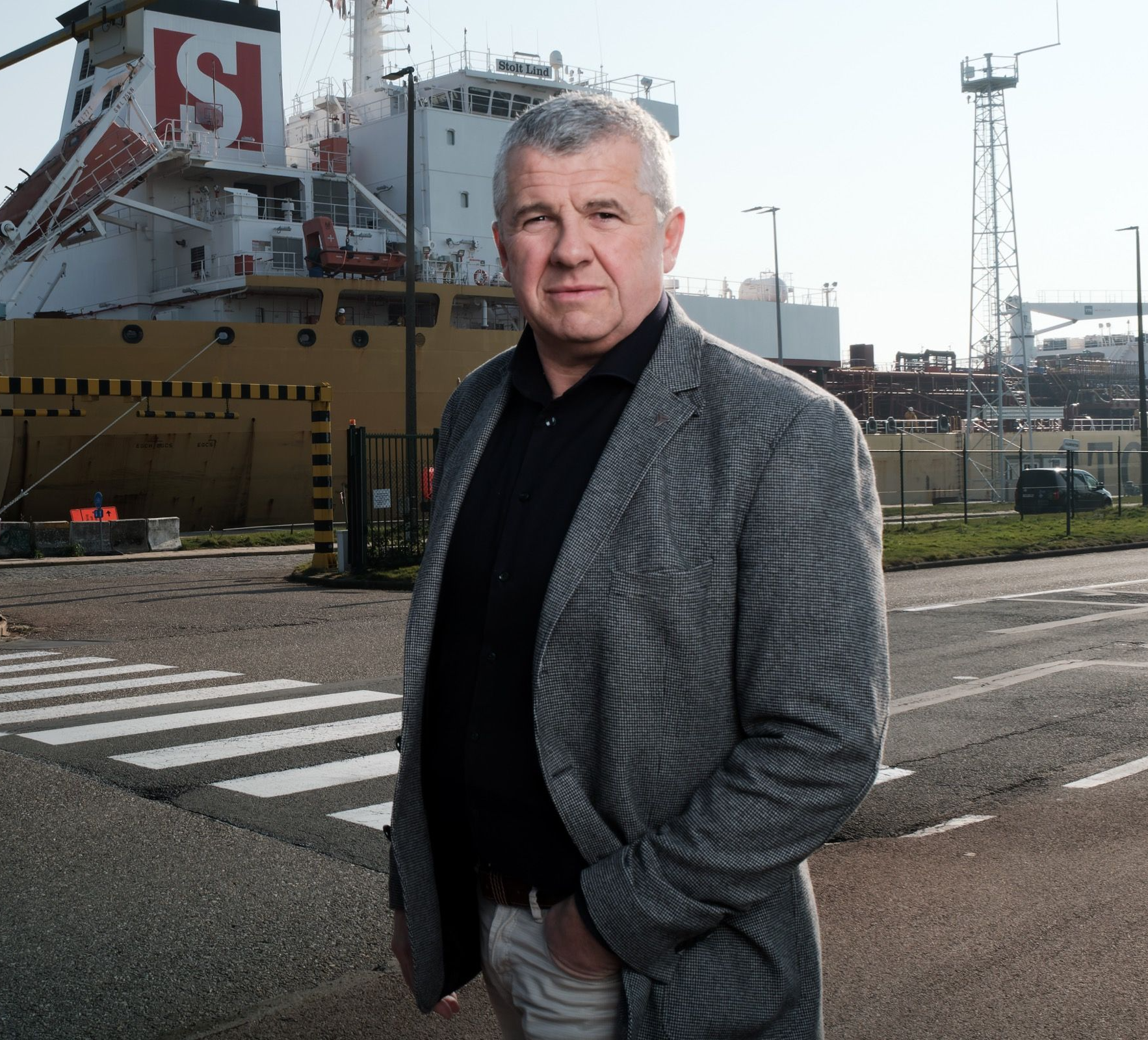

Philippe Soutaer
5G Innovation Platform Lead at Proximus

COMPUTER CHECKPOINT
has been active for over thirty years in the field of computers and multimedia. The company has shops in Aartselaar, Eeklo, Lokeren, Oostakker, Sint-Denijs-Westrem and Wetteren.

Dronematrix is a developer of drones and drone software and is part of RiskMatrix, a European group of technology companies focusing on Smart Technologies, advanced software and drone solutions.
Do you have plans for a 5G project and need a test environment?


Discover the whole story
A6K
A6K's 5G-laboratory
The co-creation of the first private 5G network in Charleroi aims to bring technology to an industrial location in order to create new applications, but especially to set up a platform on which these innovations can be tested.

Get to know more
Fabriek Logistiek
Fabriek Logistiek tests 5G-Mobile Private Network
A 5G-MPN (Mobile Private Network) offers the best of both worlds: the capacity and speed of 5G for data traffic, while the data itself remains local. Logistics companies are testing the possibilities of such a 5G-MPN at Fabriek Logistiek.
Klein-Brabant Police District
Drone lends police district Klein-Brabant an extra pair of eyes
In their spare time, Chief Inspector Herman Peeters and First Inspector Peter Vercauteren were already tinkering with drones. “We were instantly struck by the potential of drones to help us during an intervention,” Vercauteren says. The Klein-Brabant Police District drone is equipped with a powerful zoom lens and thermal imaging camera. One officer operates the device on the ground, while a second monitors the cameras and readings. The drone provides aerial support. “I remember a property search by the federal police in our district,” said Peeters. “It was dark out. Nothing showed up in the ordinary pictures, but the infrared camera revealed exactly where the suspect was hiding. When he made a run for it, we tracked him with the drone until the federal force picked him up.”


Get to know more
By default, Spot is controlled via any Wi-Fi network that Spot is connected to or broadcasts. This means that either Wi-Fi must be present or the operator controlling Spot must be near the robot. “But on large industrial sites, Wi-Fi is not available everywhere,” Philippe Soutaer, 5G Innovation Platform Lead at Proximus explains. “In this case 5G can provide a uniform and constant connection to Spot, without latency, so that the robot can transmit images and other data smoothly and in real time.”
“Over the past few years, we’ve seen a huge increase in the demand for robotic services,” says Edy van Acker, CEO of Computer Checkpoint. The company has worked with computing and multimedia for over thirty years but has also been offering humanoid robots for several years. These devices best lend themselves to interactive, intelligent tasks, such as reception and assistance. “During the Covid pandemic, one of the things companies asked were robots that could measure the temperature of visitors.”
Computer Checkpoint is the first company in Belgium to add Spot from the American robot developer Boston Dynamics to its product range. Spot is a robot dog. It does not roll along the ground on wheels - as most standard models do - but walks on four legs, just like a dog. “That offers a huge advantage,” Edy explains. “Spot can be used on just about any terrain: on uneven ground, on grass, and so on. The robot steps over thresholds and can climb stairs.”
SPOT robot dog
Faithful four-legged friend accelerates innovation
For a wheeled robot, a small step up is often an insurmountable threshold. But not for robot dog Spot. Combined with 5G, it opens the door to a completely new approach to support and automation.


steven mees
Enterprise Account Manager at Proximus

Discover the whole story
"A company requests a drone flight using a digital platform," says Steven Mees, Enterprise Account Manager at Proximus. "That system - which is run in our data center - also receives the video images that the drone's camera transmits via our mobile network." Proximus carried out tests with 5G in the port of Antwerp-Bruges. The auction of the 5G licenses is imminent. "The port of Antwerp will be the first major area where Proximus rolls out 5G," said Steven Mees. The arrival of 5G is expected to create a tipping point in the use of drones.
The fact that this world first happens in Antwerp is no coincidence. The port has been looking at the potential of drone flights for some time. Antwerp-Bruges was the first port in the world to tender for drones. "DroneMatrix is the only company on the Belgian market that makes its own drones," says Frederik Winters, Director Business Development at DroneMatrix. "That's how we very quickly ended up working with each other." SkeyDrone manages the drone traffic for the project, while Proximus stepped in as a partner for the data traffic between the drones and the platform for managing the devices.
expert interview
The 6th NeTWorK-consortium as a driving force
6th NeTWorK develops drone solutions in the form of a service: “drones as-a-service”. Companies can use this service for all kinds of commercial purposes.
As port authority, Antwerp-Bruges Port Authority is responsible for carrying out various activities to connect the port with the rest of the world. They guarantee smooth and safe shipping traffic and maintain port infrastructure such as bridges and locks.


Frederik Winters, Director Business Development at DroneMatrix
"We offer drones as-a-service. "The customer does not own the drone but instead buys a drone flight as a service."
With the wide range of possible applications in mind, Antwerp Port Authority decided to go all in for drone technology. "As a port authority, we manage the entire port, not only what happens on land and water, but also in the air," Piet Opstaele continues. "We are the first port in the world to have an Unmanned Traffic Management system: a solution that allows us to control drone traffic in the port."

Piet Opstaele
studied history and spatial planning at the University of Ghent. Since 2017 he has been innovation manager at Antwerp-Bruges Port Authority.
The advent of 5G is essential for the development of a drone network. Real-time communication between the drone and the control center for controlling the aircraft is carried out via 5G. In addition, the drone's camera transmits images in real time via 5G. "We have already done our test flights," says Piet Opstaele. "We are starting on the left bank with an initial offer of drone services. After the summer, the rest of the port area will follow step-by-step. By the end of this year, we want to be operating five hundred flights a month."
That system is at the heart of D-Hive, the name under which the Port Authority orders drone services. "The port covers a large area," explains Piet Opstaele. "We estimate the value of the assets there at two billion euro." They may benefit from drone services in various ways, such as monitoring or aerial support. In the event of a fire in a place that is hard to reach or at a location with a risk of explosion, drone images can be of great value to the emergency services. Thanks to the use of drones, these images are available without putting people in danger.
Piet Opstaele, innovation manager at Antwerp-Bruges Port Authority
"By the end of this year, we are aiming for five hundred automated drone flights per month in the port of Antwerp."
"When oil is released on the water, the impact is considerable," says Piet Opstaele. "We have to suspend shipping locally until the oil is cleared. At the same time, we want to avoid oil pollution on land. That is also why the Port Authority cleans up the floating rubbish in the port. That amounts to fifty tonnes of floating waste every year. "We traditionally search for oil or floating debris by boat," explains Piet Opstaele. "But of course you can spot polluted sites much faster from the air."
The fact that D-Hive is taking concrete shape in the port of Antwerp-Bruges is no coincidence. "We are strongly committed to innovation," says Piet Opstaele, innovation manager at Antwerp-Bruges Port Authority. "Three years ago we already started looking at the added value that drones could have for the port." Detecting oil spills was the first thing that came up. There are one hundred to one hundred and fifty incidents of oil spillage in the port every year, for example when refueling ships or after a collision incident.
Under the name D-Hive, a real drone network is gradually taking shape in the port of Antwerp-Bruges. The network will be established via the 6th NeTWorK consortium. That was founded at the end of 2020 by DroneMatrix, a developer of drones and drone software, SkeyDrone, a service provider for drone aviation, and Proximus.
The Port of Antwerp-Bruges easily spots oil slicks and floating debris with its drones. Aerial surveillance handles issues like that much more efficiently. Using this example, the port also wants to inspire other companies to use drone services.
